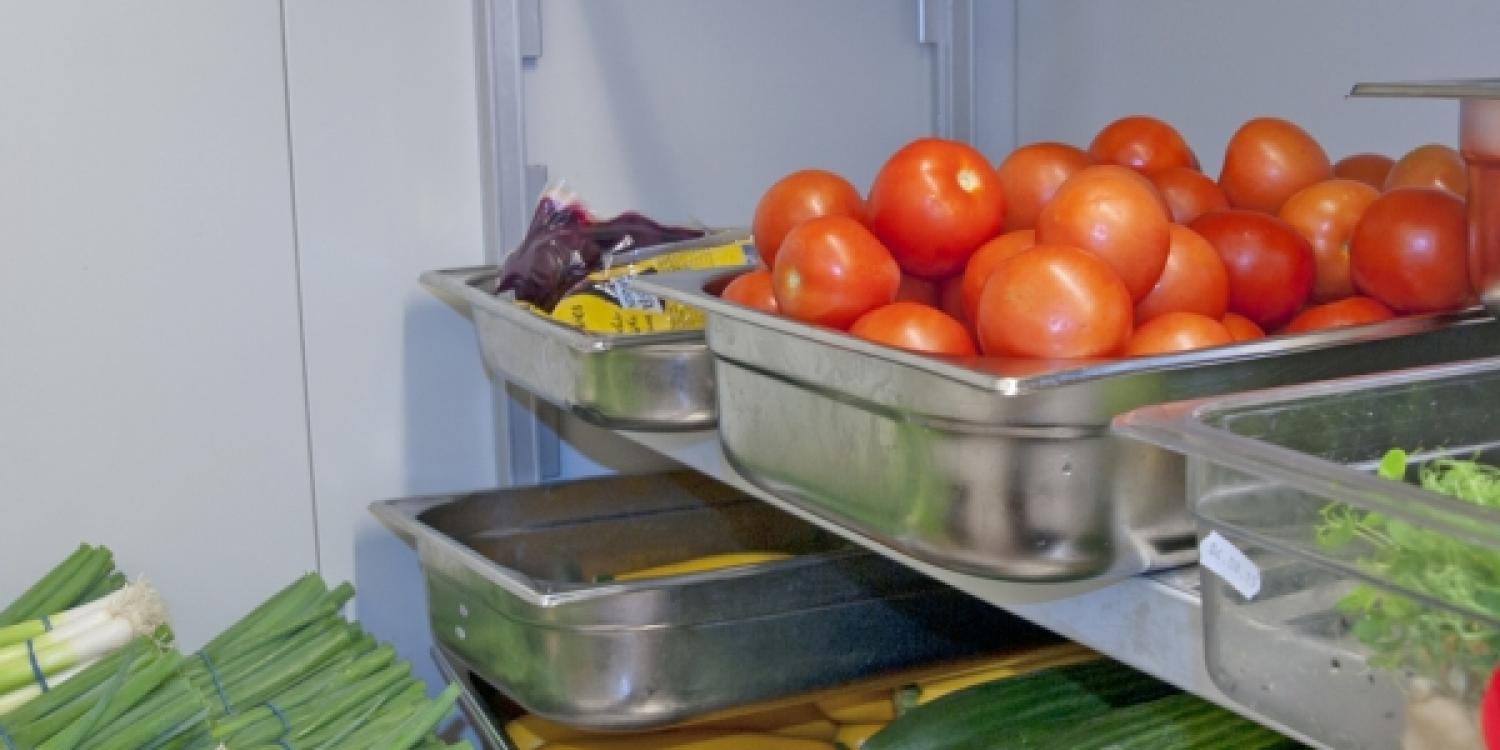Low-cost energy saving measures for efficient refrigeration

Information
Energy saving does not need to be expensive. Up to 20 % can be cut in many refrigeration plants through actions that require little or no investment. The actions should be focused on good housekeeping, maintenance, and control.
Housekeeping rules
- Set the optimal temperature to achieve the standard limit temperature of the frozen product (-18° C)
- Precool products, e.g. to 30° C before placing them in a refrigerator; it can save up to 75 % of the heat load
- Refrigerate at night, when the ambient temperature is lowest
- Minimise the volume of products or ingredients kept in the freezer and thus space which needs to be cooled
- Change the compressor control to reduce the temperature setting in cooler weather; traditional condenser control systems are set at a fixed temperature or the worst-case scenario, i.e. at the warmest time of the year
- Avoid keeping air-conditioned and refrigerated areas colder than necessary, which increases the liklihood of failure
- Avoid grouping products requiring different storage temperatures in the same cooling space*
- Ensure pipe insulation thickness is generous, and if the pipes are outside, protect the insulation against the weather and sunlight
- Insulate pipes to avoid condensation and to save up to 5 % for suction line insulation
* Separating products which need to be stored at different temperatures or by taking into account ambient temperature can result in a 4 % energy saving for chilly temperatures and 2 % for low temperatures by increasing the temperature setting.
Maintenance rules
Refrigeration systems need regular maintenance to ensure they continue to perform efficiently and reliably. Set up a maintenance contract with an experienced contractor to make sure that your plant is safe, efficient and reliable. This will also reduce the cost of breakdowns and emergency service calls.
Control rules
Get into the habit of inspecting your system regularly – early warning signs allow you to take action before any problem gets worse. Look for ice build-up on evaporators, debris on condensers, broken fans, and snow and ice in cold stores. Bubbles in sight glasses can indicate a refrigerant leak.
Get to know your system controls. Most refrigeration systems are automatic, with controls that switch the compressors and fans on and off. Basic controls work off a thermostat, while more advanced controls monitor factors such as the cooling load, the build-up of ice, and weather conditions. For freezer rooms and cabinets, electric heaters are normally used to stop surfaces such as handrails from getting too cold, and also to prevent condensation on glass.